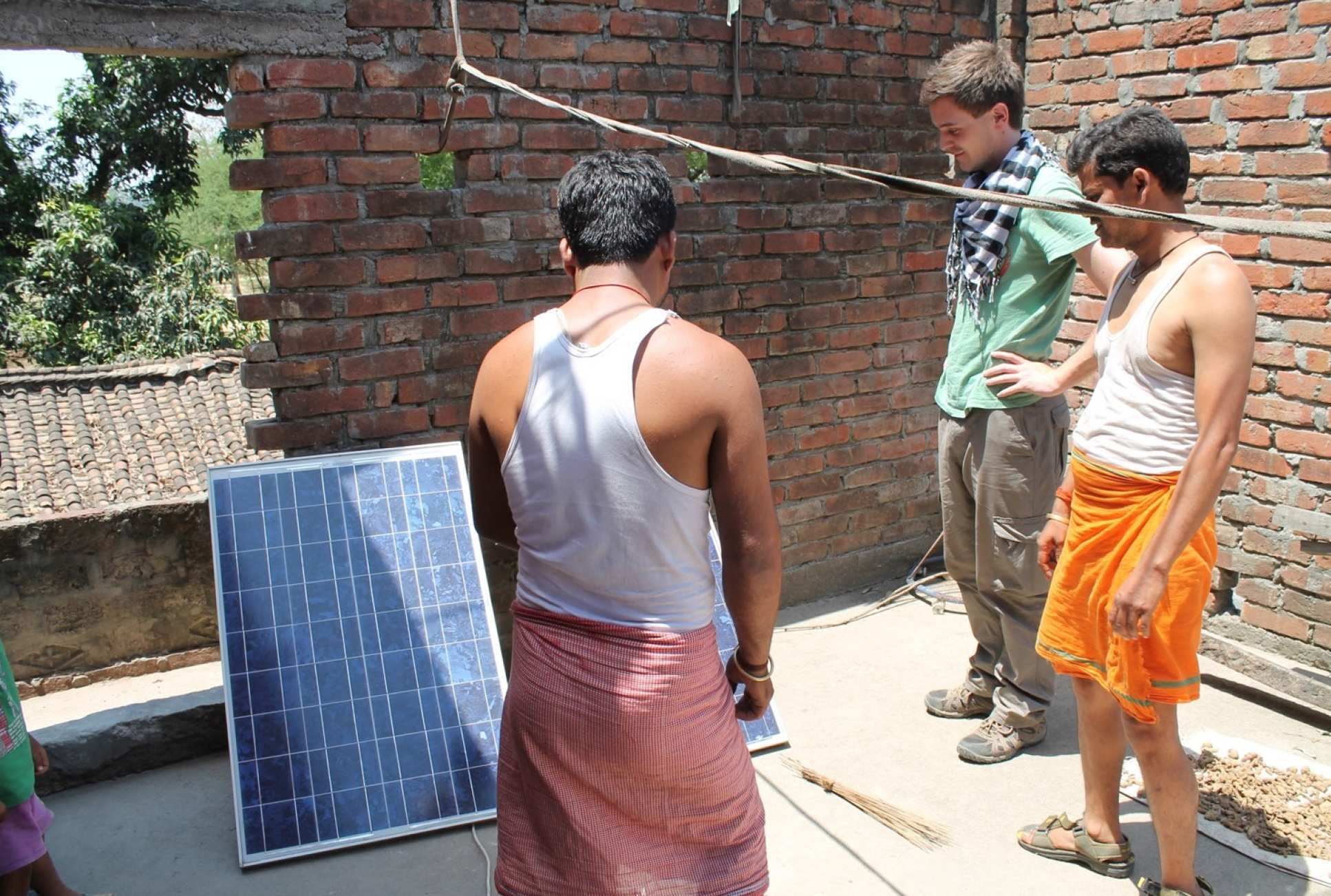

A new project is investigating how solar home systems, mini-grids and a national electricity grid can support each other in an integrated system.
We believe that community-driven developments are key to energy access but they also need to be future proof Dr Philip Sandwell Department of Physics
Imperial College London are leading a new project, Resilient Electricity Networks for a productive Grid Architecture (RENGA). The team’s aim is to understand how small scale generation, mini-grids and a large national/regional electricity grid can work together to improve access to electricity.
The initiative is funded by RCUK’s Global Challenges Research Fund (GCRF) and features researchers from four departments at the College collaborating with commercial and academic partners in Rwanda and Nepal.
“Core to the project is our belief that energy access is a key factor in supporting local, and national, development,” says Dr Adria Junyent-Ferre, lead researcher for RENGA, “Our worry is that effort and resources can be wasted as things improve and existing solutions are superseded.”
The issue in developing regions is that full-scale electricity networks require major investments, which many young nations cannot support. Even in situations where there is investment, slow deployment can lead to low security of supply and little resiliency to natural disasters and damage to infrastructure.
To combat this some individuals have invested in solar home systems (SHS) that provide them with some power, but they are only suitable for small loads e.g. charging a mobile or running a television. These limitations have led communities to invest in mini-grid schemes that connect multiple energy generators and storage units. This allows them to power crucial infrastructure such as cooling units for medical centres.

The problem is that SHS, mini-grids and a national grid are not necessarily compatible. The existence of several SHS in a village doesn’t necessarily lead to the creation of a mini-grid and mini-grids often become obsolete once their users can buy the electricity at a much lower cost from a heavily subsidised utility network.
“We believe that community-driven developments are key to energy access but they also need to be future proof,” says Dr Philip Sandwell of the Department of Physics, “By anticipating the growth in demand and making good use of available resources an individual or community can optimise the use of clean energy systems that have the capacity to grow”
The RENGA wants to bridge these three systems by working on three specific areas:
- Creating technologies that can connect SHS, mini-grids and a wider electricity grid in a safe and cost-effective way;
- Developing strategies so that individual systems can operate reliably on their own or as part of an interconnected system;
- Drafting a radically new roadmap for the expansion of the electrical power system that will guarantee security of supply and resiliency by using distributed energy resources with smart controls.
The project brings together technical expertise, local knowledge and commercial experience from a wide range of partners. The collaboration includes academic partners in African Center of Excellence in Energy for Sustainable Development at the University of Rwanda and Tribhuvan University as well as Nepal’s Alternative Energy Promotion Centre.
Alongside these are the companies BBOXX, Gham Power and Meshpower who between them operate in countries like Rwanda, Nepal, Kenya, Haiti and Micronesia.
RENGA started on 1 May 2018 and will run for 30 months until 31 October 2020.
Article text (excluding photos or graphics) © Imperial College London.
Photos and graphics subject to third party copyright used with permission or © Imperial College London.
Reporter
Neasan O'Neill
Faculty of Engineering

Contact details
Email: press.office@imperial.ac.uk
Show all stories by this author



